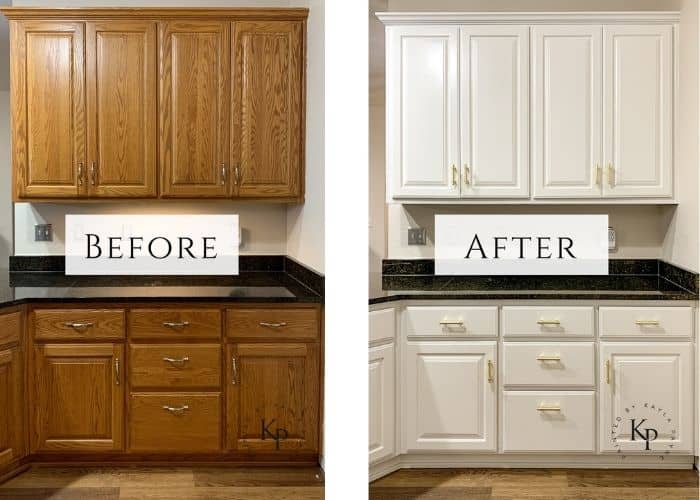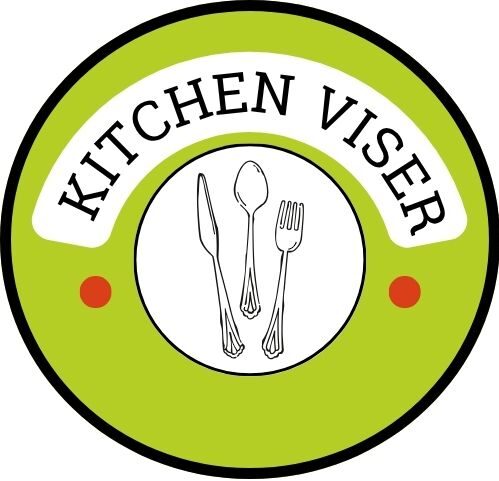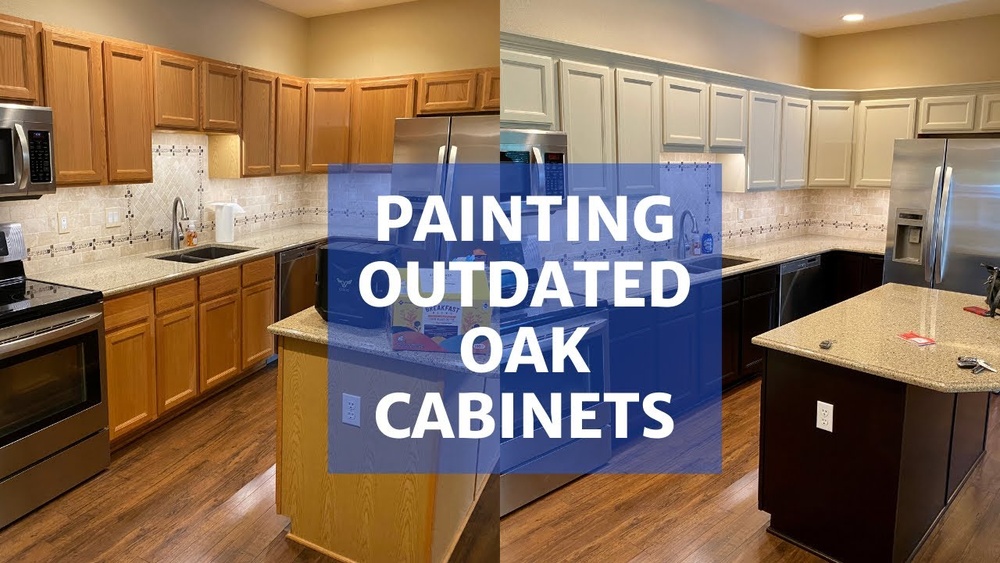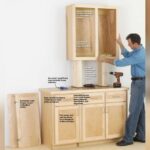Are your wood kitchen cabinets looking tired and outdated? You might think repainting them is a huge hassle, but what if you could transform your kitchen with a fresh, beautiful finish on your own?
Painting wood kitchen cabinets is a smart way to give your space a whole new look without the cost of a full remodel. With the right steps, you can achieve a smooth, durable finish that lasts for years. In this guide, you’ll learn exactly how to prep, prime, and paint your wood cabinets like a pro—no experience needed.
Ready to turn your kitchen cabinets into a stunning focal point? Let’s dive into the simple process that will make your kitchen feel brand new.
Gather Supplies
Gathering the right tools is key for painting kitchen cabinets well. Essential supplies include a screwdriver to remove cabinet doors and hardware, sanding blocks or sandpaper for smoothing surfaces, paintbrushes and rollers for applying paint evenly, and drop cloths to protect floors.
Choosing the right paint matters. Use a durable, semi-gloss or satin finish paint that resists moisture and stains. Water-based latex paints dry faster and clean up easily, while oil-based paints offer a smoother finish but take longer to dry.
| Primer Type | Use For | Benefit |
|---|---|---|
| Oil-based Primer | Raw wood or stained cabinets | Seals wood and blocks stains |
| Water-based Primer | Previously painted cabinets | Quick drying, low odor |
| Shellac Primer | Problem areas like knots or odors | Excellent stain blocking |

Remove And Clean Cabinets
Start by carefully removing cabinet doors and hardware like handles and hinges. Keep all screws and pieces in a safe place to avoid losing them. This step makes painting easier and gives a neat finish.
For deep cleaning, use a mixture of warm water and mild soap. Wipe cabinets with a soft cloth to remove grease and dirt. For tough stains, a gentle scrub with a sponge helps. Make sure to rinse with clean water and dry fully.
Prep Surfaces
Start by filling all holes and imperfections with wood filler. Let it dry completely. Then, use fine sandpaper to scuff sand the cabinet surfaces. This step helps the paint stick better. Sand gently to avoid damage.
Next, remove all dust using a clean cloth or a vacuum. Make sure the surface is completely clean before painting. Dust can cause paint to look rough or peel later. Proper prep ensures a smooth finish.
Apply Primer
Brushing edges requires a steady hand to cover corners well. Use a small brush to reach tight spots. This helps avoid missed patches and rough spots.
For rolling flat surfaces, use a foam roller for smooth coverage. Roll slowly and evenly to prevent bubbles and streaks. Multiple thin coats work better than one thick coat.
Allow the primer to dry fully before applying paint. Drying times vary but usually take about 1-2 hours. Touch the surface gently; it should feel dry and not sticky.
Paint Cabinets
Apply the first coat of paint evenly using a brush or roller. Use thin layers to avoid drips and runs. Let it dry fully before moving on.
Sanding between coats is very important. Use fine-grit sandpaper to smooth the surface. This helps the next coat stick better and creates a smooth finish.
After sanding, wipe away dust with a damp cloth. Then apply the second coat just like the first. This coat will make your cabinets look fresh and durable. Allow enough time to dry completely before use.

Finish And Reassemble
Allow the paint to dry completely. This step usually takes 24 hours but can vary. After drying, the paint must cure. Curing means the paint hardens fully, which takes about a week. Avoid heavy use during this time for the best results.
Next, install the hardware like knobs and handles. Make sure all screws fit well and tighten them gently. This will bring a fresh look to your cabinets.
Finally, remount the doors and drawers. Align them carefully so they open smoothly. Use a screwdriver to fix the hinges and tracks. Check that everything fits and moves correctly before finishing.
Tips For Durable Finish
Choosing semi-gloss or satin paint helps cabinets last longer. These finishes resist scratches and stains better than flat paint. Semi-gloss shines a bit more, making cleaning easier. Satin has a softer look but still cleans well. Both types protect wood from moisture and daily wear.
To keep painted cabinets looking fresh, wipe them with a soft cloth and mild soap. Avoid using harsh chemicals or scrubbing pads. Fix chips or scratches quickly with touch-up paint. Regular cleaning stops dirt from building up and dulling the finish.

Frequently Asked Questions
Can You Just Paint Over Wood Cabinets?
Yes, you can paint wood cabinets by cleaning, sanding, and priming first. Use durable paint like semi-gloss or satin for best results. Proper prep ensures paint adheres well and lasts longer.
Is Painting Wood Kitchen Cabinets A Good Idea?
Painting wood kitchen cabinets is a good idea. It refreshes style, saves money, and wood holds paint well with proper prep.
Is It Better To Brush Or Roll Paint On Kitchen Cabinets?
Rolling paint on flat cabinet surfaces ensures smooth, even coverage. Brushing works best for edges and detailed areas. Combining both methods delivers a professional, durable finish for kitchen cabinets.
Can I Paint My Wood Cabinets Without Sanding?
You can paint wood cabinets without sanding by thoroughly cleaning and using a high-quality primer. Scuff sanding is recommended for better paint adhesion and durability. Skipping sanding may lead to peeling or uneven finish over time.
Conclusion
Painting wood kitchen cabinets can refresh your space without high costs. Clean and sand well for the best paint grip. Use primer to help paint stick and last longer. Apply paint in thin, even coats to avoid drips. Let each coat dry fully before adding the next.
Finish with a protective clear coat for durability. Taking your time ensures a smooth, lasting look. Now, your kitchen feels fresh and inviting again. Simple steps, great results. Enjoy your beautifully painted cabinets!

Yes, working as , Food Blogger and Product Reviewer for last 6 years. Here you will get amazing deals for Smart kitchen products. I am your best source for the latest update in cooking trends. I provide insightful articles, reviews, and analysis on cutting-edge kitchen gadget. My mission is to empower readers with the knowledge they need to stay ahead in a rapidly evolving coking world. Join me as we explore the future of food technology and how it shapes our lives today and tomorrow.





